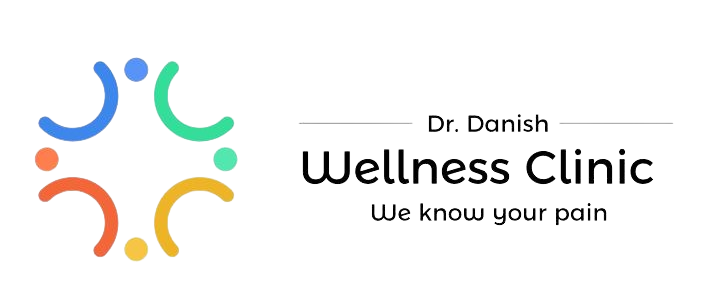Conditions
Medical Conditions We Treat ..
Joints & Bones
Frozen Shoulder (Adhesive Capsulitis)
Neck & Spine
Degenerative Disc Disease(DDD)
Herniated Discs(Bulging Discs)/Slipped Disc
Muscles
Cerebral palsy
Cerebral palsy, the most common childhood physical disability, is caused by damage to the brain before birth or in infancy. People living with cerebral palsy can have neurological and musculoskeletal problems that affect posture, sensory perceptions, communication, movement and other functions
- Injuries to the brain before, during or after birth can cause cerebral palsy.
- Symptoms of cerebral palsy are usually first noticed in infants and toddlers.
- Almost half the children affected by cerebral palsy develop hypertonia(excessive muscle tension) or spasticity (excessive muscle tension with increased tendon reflexes).
- There is currently no cure for cerebral palsy, but treatment can address associated neurologic, orthopaedic and medical conditions.
CP can be mild or severe. A child with mild CP may have awkward movements but require little or no assistance. A child with severe CP may not be able to walk. He or she may have trouble speaking and may require lifelong care and assistance.
There are 3 general types of CP:
- Spastic CP is the most common form. It causes the muscles to stiffen and makes movement difficult. It can affect just one side of the body, only the legs, or the whole body. This depends on the type of spastic CP and the severity.
- Dyskinetic CP causes uncontrolled body movements. These can be slow or fast and jerky. It affects the entire body.
- Ataxic CP affects balance, coordination, and depth perception. It is the least common form of CP.
Some children will show signs of more than one type of CP. This is referred to as mixed CP.
Many children with CP have other conditions as well. Some of the most common include:
- Intellectual disability or learning difficulties.
- Seizures
- Delayed growth and development.
- Spinal deformities.
- Vision or hearing loss.
- Speech disorders.
- Infections and long-term illnesses.
Causes
Several types of injuries can damage the parts of the brain that control motor function, including:
- Preterm birth: the most common cause in the United States
- Head injuries including shaken baby syndrome
- Infections of the brain or spinal cord
- Obstructed oxygen flow to the brain, such as in near-drowning experiences
- Events that block blood flow to the brain, such as stroke
- Malnutrition
- Heavy metal ingestion
Symptoms
Children with CP show a wide variety of symptoms. The symptoms usually do not get worse over time. They may include:
- Stiff muscles or muscles that are too floppy.
- Uncontrolled movements.
- Lack of coordination.
- Difficulty walking (for example, one foot or leg may drag).
- Difficulty with fine motor control (for example, difficulty with writing or buttoning a shirt).
- Difficulty speaking, swallowing, or eating.
- Excessive drooling.
- Seizures
Signs of CP usually show up in the first few months of a baby’s life. They often are signs of developmental delay. This means they don’t reach developmental milestones in the typical time. These milestones include learning to roll over, sit, crawl, or walk.
Diagnosis
CP is often diagnosed in the first two years of a child’s life. Your doctor will look at your child’s muscles, posture, and reflexes. He or she will ask you about your child’s physical development. They may monitor your child over time, tracking his or her growth and development. They may also order special tests, such as a CT scan or an MRI. These can help the doctor see if there is any damage to the brain. These tests can also help your doctor determine if your child’s symptoms are the result of a different disorder.
Children with milder symptoms may not be diagnosed until they are 4 or 5.
Can CP be prevented or avoided?
Some cases of CP cannot be prevented. They are the result of complications that happen during pregnancy or birth that could not be foreseen.
The best way to prevent CP is to take measures to lower the risk factors. You can do this by:
- Maintaining your physical health during your pregnancy. This includes eating a healthy diet, exercising, and getting plenty of rest.
- Taking folic acid. It has been shown to prevent premature birth, which is associated with CP.
- Attending all prenatal doctor appointments. Tell your doctor if anything doesn’t feel right.
- Avoiding unhealthy habits. This includes drinking alcohol, smoking, or using drugs.
- Watching for jaundice after the baby is born. Untreated jaundice (yellow skin) could lead to CP.
- Keeping your baby current on vaccinations. Some preventable illnesses, such as rubella (German measles), can cause CP.
- Avoiding potential injury or accidents. Always fasten your child securely into his or her car seat when traveling in the car. Don’t ever shake your baby. This can cause brain injury that could result in CP. Make sure anyone who watches your baby is trustworthy and won’t shake or harm your baby.
